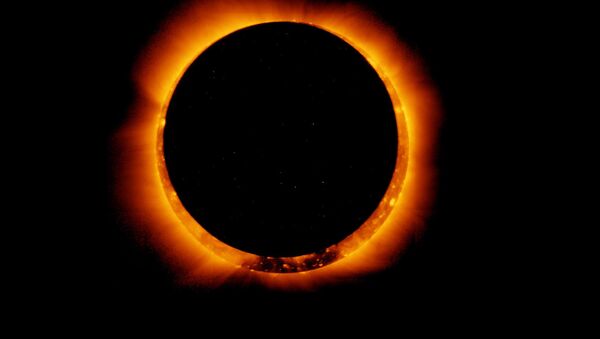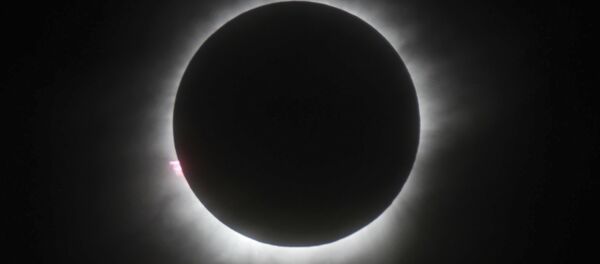A team of researchers from the Oklahoma State University and the University of Nebraska are combining forces to track changes in the atmosphere along the eclipse's path. With the help of some trusty drones, they'll also be monitoring its effect on the weather.
Though these are normal changes that occur, Monday's event will offer officials the chance to see exactly what happens to the weather when the sun's heat is suddenly snatched away.
Equipped with sensors to collect temperature, humidity and pressure readings, the drones will also have on board special ultrasonic sensors designed to measure the wind.
"It may sound relatively simple, but essentially you take away that radiation, that heat in a certain area [and] it starts to cool down, as it cools down you essentially get a giant sucking effect from the hot air around and into this colder region," Jacob predicts.
While it will take time to analyze data to confirm Jacob's "sucking" theory, his group of researchers won't be the only ones trying to take advantage of the Eclipse of the Century.
Over in Boulder, Colorado, a team from the SouthWest Research Institute will be sending out two WB-57 jets to take pictures of the eclipse to get a glimpse of the sun's corona.
"These will be, or have the potential to be, the best observations of their kind to date," Amir Caspi, the leader of the research group, told USA Today. "We are going to be looking for waves traveling through the solar corona; basically like ripples in a pond."
With the sun's surface and its corona burning at massively different temperatures, the Colorado team's research will help to explain why one burns more than the other and why its heat affects things like the Earth's magnetic field.
"It's bricks in a foundation," Caspi said. "We're building a foundation [of research]. We need another brick and this is that brick."
According to Jacob, "nothing could be cooler or geekier" to have the ability to build a complete picture of the effects of an eclipse on the weather and overall environment.
Nerds rule, eh?



